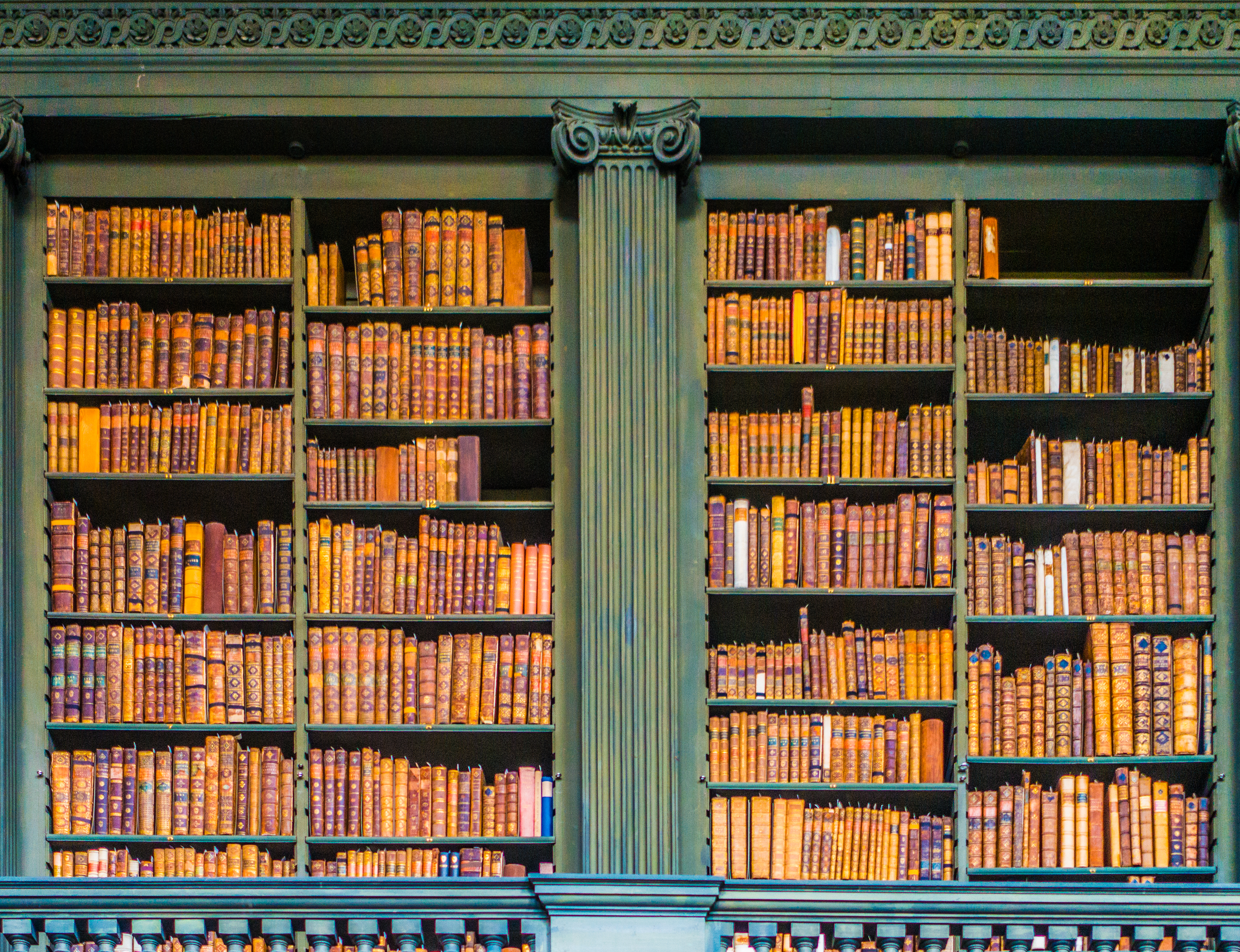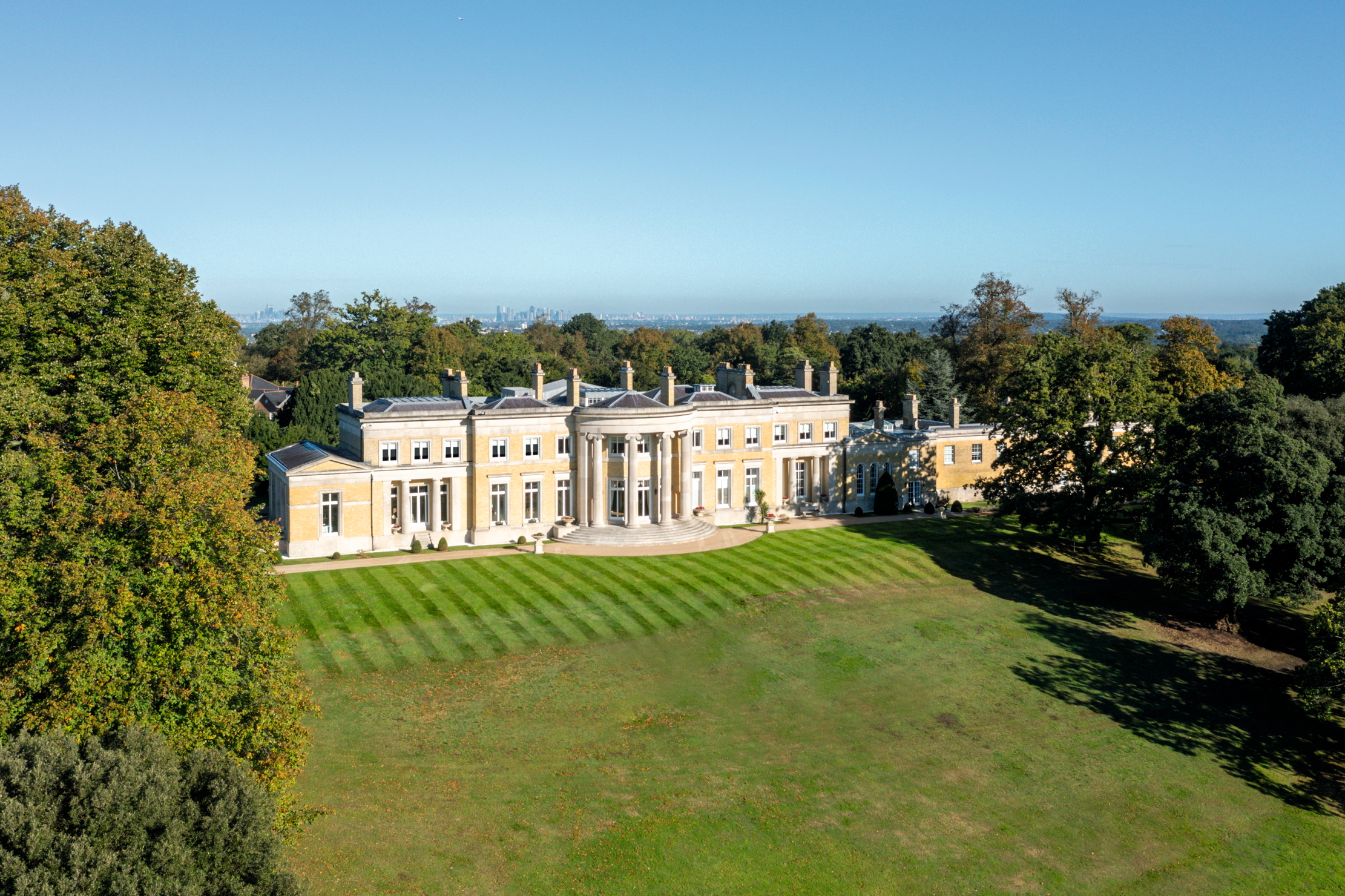Simon Jenkins: The new planning white paper is a domesday for development
The white paper on planning promises to license untold damage to the British landscape, argues Simon Jenkins.


You might think the British Government had better things to do right now than ‘build a whole new planning system from the ground up.’ Yet this bull, loosed in the china shop last August, is still smashing common sense.
Last month, the Government’s Local Government Secretary, Robert Jenrick, had to abandon one of his wilder proposals on housing. He has yet to abandon the rest.
His most spectacular U-turn was on a plan to cut house building in the North and boost it in the South. His ‘mutant algorithm’ had new housing slashed by a quarter in the North-East, doubling in the Cotswolds and rising in Kensington by a ludicrous 633%. Mr Jenrick had not noticed that this contradicted his Prime Minister’s policy of ‘levelling up’ the North. Now, development and subsidy is to be concentrated on brownfield sites in a chosen 20 Midlands and Northern cities, including Birmingham, Bradford, Leeds and Stoke.
"The concept is a green light for companies to add to their land banks, which at present have a shocking one million unbuilt houses on their books"
Mr Jenrick has not withdrawn his intention almost to end planning permission, which he derides as ‘reactive development management’. He wishes to see England divided up into a Domesday Book of local zones, marked crudely for building renewal and growth or for ‘protection’.
The first zone, to which the white paper is almost exclusively addressed, would require local planners, ‘in consultation’ with local people, to fix the zones and then withdraw. The Government would be entitled to intervene if it does not like the zones and would require them to be updated every five years. As there would still be top-down housing targets, meeting them would be up to builders, subject only to a ‘design code’ of doubtful enforceability.
The concept is a green light for companies to add to their land banks, which at present have a shocking one million unbuilt houses on their books. I have not read a single comment — from the Royal Institute of British Architects (RIBA) and the Local Government Association to the former Supreme Court property expert Lord Carnwath and the CPRE — that does not ridicule the idea.
A consequence is that once land is declared as unprotected it will normally enjoy a ‘presumption in favour’ of permission. Local people and their elected representatives will be powerless. This stripping of local democracy must leave the British — for the time being only the English — alone in the civilised world in their diminished rights over their environment. A solicitor of my acquaintance says it will be ‘paradise day’ for lawyers.
Sign up for the Country Life Newsletter
Exquisite houses, the beauty of Nature, and how to get the most from your life, straight to your inbox.
As for the 80% of England’s land area that is still technically rural, we remain in the dark. The white paper is silent on what land qualifies as for ‘protection’. It mentions national parks, green belts (thank goodness), wildlife reserves and AONBs. With present uncertainties, every farmer will want a few houses on spare fields. To see how that looks, go to Sicily.
"The white paper’s copious illustrations include not a single picture of countryside. It looks like a sales brochure for an executive estate."
The concept of an ordered boundary between town and country has underpinned the British love of the countryside since the 1940s. It was the pre-war planning chaos that fired the original 1947 Town and Country Planning Act. This needs strengthening, not weakening. Already, hoardings, masts, warehouses and ill-sited ‘volume estates’ spring up wherever a developer has won a permit.
We know the character of the English landscape is a human construct, but it is humans acting as regulated custodians of Nature. Open space is not a free market, but a limited and precious resource. We rely on planning to guard its nuances, the fragmentary field, the hedge, the suburban ‘edgeland’, the strip of green along a canal, the beloved valleys that would never rate ‘national beauty’ status.
The white paper’s copious illustrations include not a single picture of countryside. It looks like a sales brochure for an executive estate. To Mr Jenrick, planning is a nimbyish curse on his beloved building industry, not a blessing.
Apart from war, it is hard to think of a more critical moment in the history of the English countryside than now. Brexit is about to shift agriculture towards an open market for food. Farm subsidies are to be for ‘public goods’, as yet undefined, but nowhere including scenic value. The pandemic will increase the flight of money from towns, putting added strain on rural conservation.
Of course, there must be more building and — what the developers want — more certainty. Zoning in itself makes sense. But where, how and for whom these zones operate are questions of local sensitivity and democracy, not Whitehall targets and directives.
For those who care about the countryside, there is only one obvious route. Local people everywhere should exploit the ‘protected’ category, whatever it may mean. They should seek to protect every tree, field, hill and blade of grass and barricade it from Mr Jenrick and his builders. Then they can start arguing.

Credit: Strutt and Parker
Best country houses for sale this week
An irresistible West Country cottage and a magnificent Cumbrian country house make our pick of the finest country houses for
Simon Jenkins is a journalist and author who began his career at Country Life before going on to serve as the political editor of The Economist and editor of The Times.
-
 'To exist in this world relies on the hands of others': Roger Powell and modern British bookbinding
'To exist in this world relies on the hands of others': Roger Powell and modern British bookbindingAn exhibition on the legendary bookbinder Roger Powell reveals not only his great skill, but serves to reconnect us with the joy, power and importance of real craftsmanship.
By Hussein Kesvani Published
-
 Spam: The tinned meaty treat that brought a taste of the ‘hot-dog life of Hollywood’ to war-weary Britain
Spam: The tinned meaty treat that brought a taste of the ‘hot-dog life of Hollywood’ to war-weary BritainCourtesy of our ‘special relationship’ with the US, Spam was a culinary phenomenon, says Mary Greene. So much so that in 1944, London’s Simpson’s, renowned for its roast beef, was offering creamed Spam casserole instead.
By Country Life Last updated
-
 A mini estate in Kent that's so lovely it once featured in Simon Schama's 'History of Britain'
A mini estate in Kent that's so lovely it once featured in Simon Schama's 'History of Britain'The Paper Mill estate is a picture-postcard in the Garden of England.
By Penny Churchill Published
-
 Hidden excellence in a £7.5 million north London home
Hidden excellence in a £7.5 million north London homeBehind the traditional façades of Provost Road, you will find something very special.
By James Fisher Published
-
 Sip tea and laugh at your neighbours in this seaside Norfolk home with a watchtower
Sip tea and laugh at your neighbours in this seaside Norfolk home with a watchtowerOn Cliff Hill in Gorleston, one home is taller than all the others. It could be yours.
By James Fisher Published
-
 A Grecian masterpiece that might be one of the nation's finest homes comes up for sale in Kent
A Grecian masterpiece that might be one of the nation's finest homes comes up for sale in KentGrade I-listed Holwood House sits in 40 acres of private parkland just 15 miles from central London. It is spectacular.
By Penny Churchill Published
-
 Some of the finest landscapes in the North of England with a 12-bedroom home attached
Some of the finest landscapes in the North of England with a 12-bedroom home attachedUpper House in Derbyshire shows why the Kinder landscape was worth fighting for.
By James Fisher Published
-
 Could Gruber's Antiques from Paddington 2 be your new Notting Hill home?
Could Gruber's Antiques from Paddington 2 be your new Notting Hill home?It was the home of Mr Gruber and his antiques in the film, but in the real world, Alice's Antiques could be yours.
By James Fisher Published
-
 What should 1.5 million new homes look like?
What should 1.5 million new homes look like?The King's recent visit to Nansledan with the Prime Minister gives us a clue as to Labour's plans, but what are the benefits of traditional architecture? And can they solve a housing crisis?
By Lucy Denton Published
-
 Welcome to the modern party barn, where disco balls are 'non-negotiable'
Welcome to the modern party barn, where disco balls are 'non-negotiable'A party barn is the ultimate good-time utopia, devoid of the toil of a home gym or the practicalities of a home office. Modern efforts are a world away from the draughty, hay-bales-and-a-hi-fi set-up of yesteryear.
By Madeleine Silver Published
